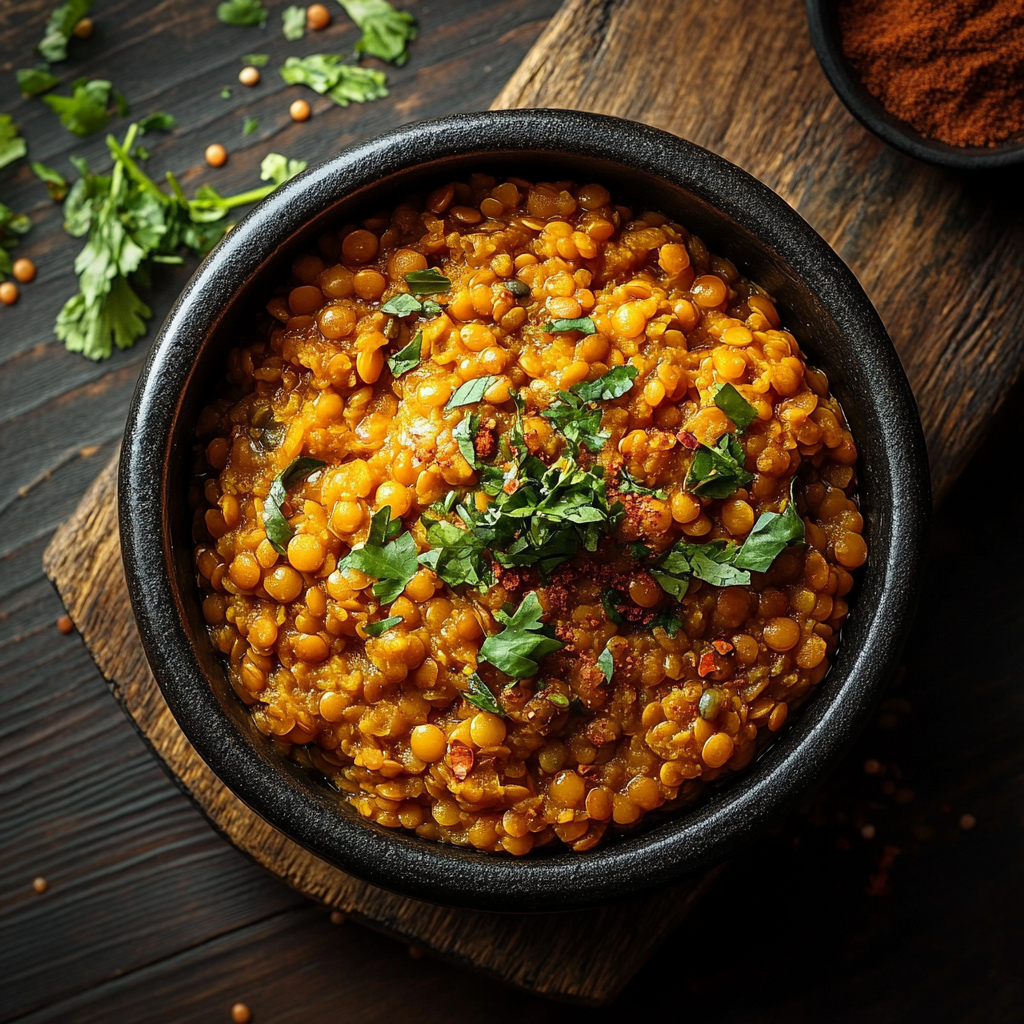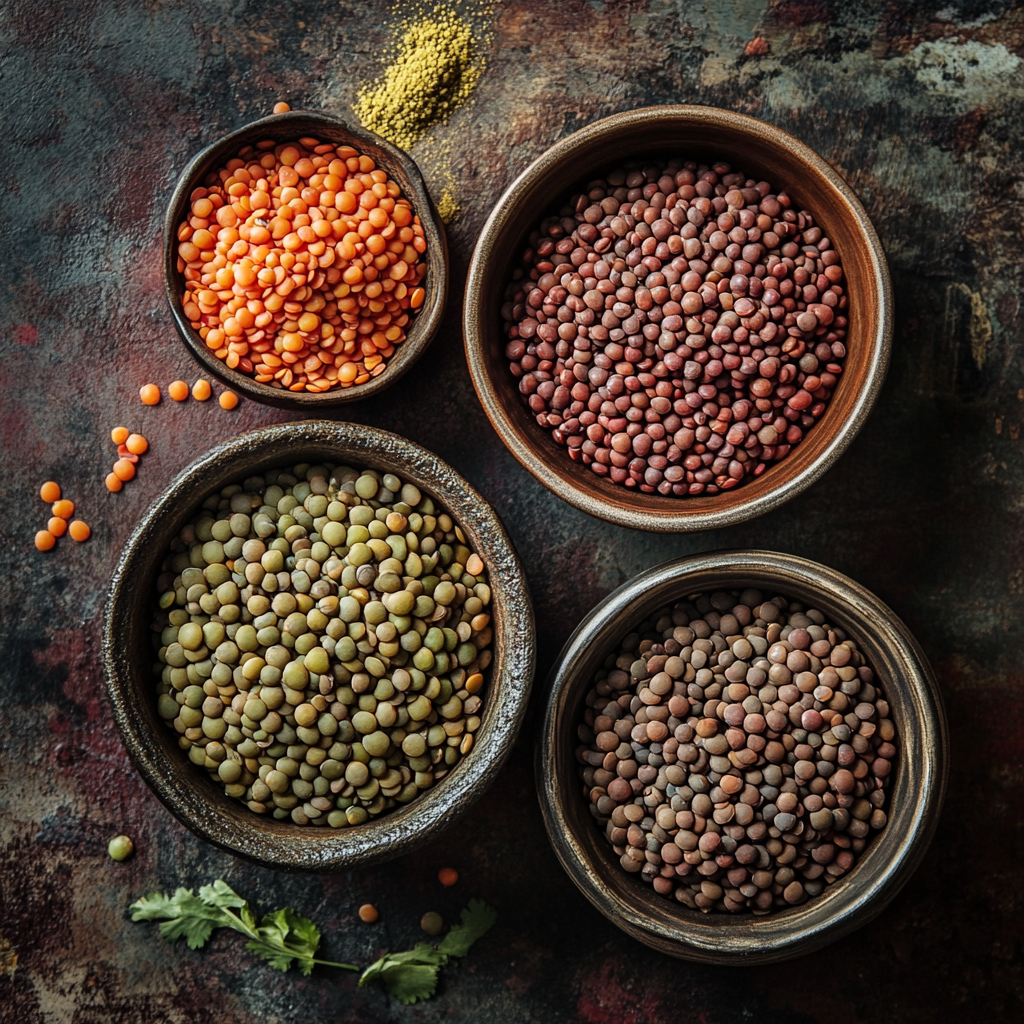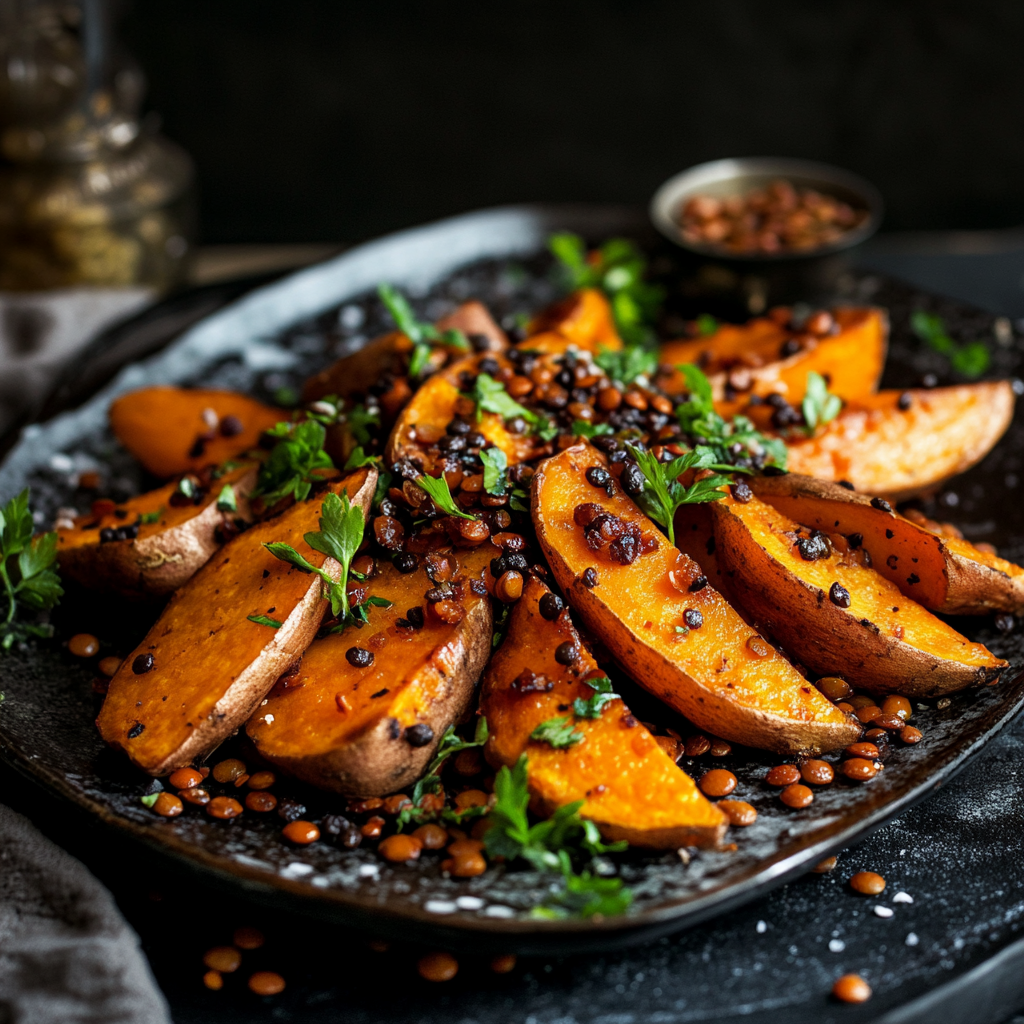
Incorporating 25 grams of fiber into your weekly diet can be a transformative step towards better health, enhancing digestion, stabilizing blood sugar levels, and even aiding in weight management. As a health expert, I’m excited to guide you through simple, delicious ways to boost your fiber intake. By integrating specific foods, recipes, and serving sizes into your routine, you’ll find that reaching your fiber goals is not only achievable but enjoyable.
Foods High in Fiber
- Lentils
Serving Size: 1 cup cooked
Fiber: 15.6 grams
Calories: 230
Protein: 18 grams
Fat: 0.8 grams
Carbohydrates: 39.9 grams
Black Beans
Serving Size: 1 cup cooked
Fiber: 15 grams
Calories: 227
Protein: 15.2 grams
Fat: 0.9 grams
Carbohydrates: 40.8 grams
Chia Seeds
Serving Size: 2 tablespoons
Fiber: 10 grams
Calories: 137
Protein: 4.4 grams
Fat: 8.6 grams
Carbohydrates: 12 grams
Raspberries
Serving Size: 1 cup
Fiber: 8 grams
Calories: 64
Protein: 1.5 grams
Fat: 0.8 grams
Carbohydrates: 14.7 grams
Quinoa
Serving Size: 1 cup cooked
Fiber: 5.2 grams
Calories: 222
Protein: 8 grams
Fat: 3.6 grams
Carbohydrates: 39.4 grams
Beans and Lentils are Great Sources of Fiber

Understanding Fiber: The Foundation of Digestive Health
Fiber is a type of carbohydrate that the body can’t digest. While most carbohydrates are broken down into sugar molecules, fiber passes through the digestive tract relatively intact. There are two types of fiber: soluble and insoluble. Soluble fiber dissolves in water and forms a gel-like substance, which can help lower blood cholesterol and glucose levels. Insoluble fiber adds bulk to stool and helps food pass more quickly through the stomach and intestines.
For optimal health, it’s important to consume a balance of both types. The recommended daily intake is around 25 grams for women and 38 grams for men, but most people fall short of this goal. By focusing on adding 25 grams of fiber to your weekly intake, you’ll be well on your way to meeting your body’s needs.
Would GLPs Help With Your Health?

More Foods High in Fiber
- Pears
Serving Size: 1 medium pear
Fiber: 6 grams
Calories: 101
Protein: 0.6 grams
Fat: 0.3 grams
Carbohydrates: 27 grams
Avocado
Serving Size: ½ medium avocado
Fiber: 5 grams
Calories: 120
Protein: 1.5 grams
Fat: 10.5 grams
Carbohydrates: 6 grams
Brussels Sprouts
Serving Size: 1 cup cooked
Fiber: 4 grams
Calories: 38
Protein: 3 grams
Fat: 0.3 grams
Carbohydrates: 8 grams
Sweet Potatoes
Serving Size: 1 medium sweet potato (with skin)
Fiber: 4 grams
Calories: 103
Protein: 2.3 grams
Fat: 0.2 grams
Carbohydrates: 23.6 grams
Almonds
Serving Size: 1 ounce (about 23 almonds)
Fiber: 3.5 grams
Calories: 164
Protein: 6 grams
Fat: 14 grams
Carbohydrates: 6 grams

Menu Planning Ideas
Week 1: Start Your Day with Fiber-Packed Breakfasts
Breakfast is the perfect time to start incorporating fiber into your diet. A fiber-rich breakfast will keep you full and energized throughout the morning. Here’s how you can add 7 grams of fiber to your day:
Menu Idea: Overnight Oats with Chia Seeds and Berries
Ingredients:
½ cup rolled oats (4 grams of fiber)
1 tablespoon chia seeds (5 grams of fiber)
½ cup raspberries (4 grams of fiber)
1 cup almond milk (1 gram of fiber)
Instructions:
In a mason jar or bowl, combine oats, chia seeds, raspberries, and almond milk.
Stir well and refrigerate overnight.
In the morning, give it a good stir and top with your favorite nuts or seeds for an extra crunch.
This easy breakfast provides about 14 grams of fiber, more than half of your daily goal in one meal.
Week 2: Snack Smart with Fiber-Rich Options
Snacking can be an excellent opportunity to sneak in more fiber. Instead of reaching for chips or cookies, choose snacks that will contribute to your fiber intake. Aim for about 5 grams of fiber in your snacks.
Menu Idea: Apple Slices with Almond Butter
Ingredients:
1 medium apple (4 grams of fiber)
2 tablespoons almond butter (2 grams of fiber)
This simple snack offers 6 grams of fiber. Apples are a great source of insoluble fiber, while almond butter adds a touch of soluble fiber and healthy fats to keep you satisfied.
Menu Idea: Veggie Sticks with Hummus
Ingredients:
1 cup sliced carrots and celery (4 grams of fiber)
¼ cup hummus (2 grams of fiber)
This snack provides 6 grams of fiber and is perfect for those who enjoy savory treats. The combination of veggies and hummus not only boosts fiber but also delivers vitamins and minerals.
Week 3: Fiber-Filled Lunches
Lunchtime is another opportunity to pack in the fiber. Aim for around 8-10 grams of fiber at lunch to keep you full and focused through the afternoon.
Menu Idea: Quinoa Salad with Black Beans and Avocado
Ingredients:
½ cup cooked quinoa (2.5 grams of fiber)
½ cup black beans (7.5 grams of fiber)
¼ avocado (3 grams of fiber)
1 cup mixed greens (2 grams of fiber)
1 tablespoon olive oil and lemon juice for dressing
Instructions:
Combine cooked quinoa, black beans, avocado, and mixed greens in a large bowl.
Drizzle with olive oil and lemon juice, and toss to combine.
This hearty salad delivers 15 grams of fiber in one serving, helping you meet more than half of your daily goal.
Week 4: Fiber-Focused Dinners
Dinnertime doesn’t have to be fiber-light. Incorporate whole grains, legumes, and plenty of vegetables to create satisfying meals that help you reach your fiber goals. Aim for at least 8 grams of fiber at dinner.
Menu Idea: Lentil Stir-Fry with Brown Rice
Ingredients:
½ cup cooked brown rice (3.5 grams of fiber)
1 cup cooked lentils (15.6 grams of fiber)
1 cup stir-fried vegetables (3 grams of fiber)
1 tablespoon soy sauce (less than 1 gram of fiber)
Instructions:
Cook brown rice according to package instructions.
In a large skillet, sauté vegetables until tender.
Add cooked lentils and soy sauce, and stir to combine.
Serve over brown rice.
This dish provides about 22 grams of fiber, making it a powerhouse dinner for your fiber intake.
Week 5: Sweet Fiber-Rich Treats
Even dessert can contribute to your fiber intake! Choosing fruits and whole grains for dessert allows you to enjoy a sweet treat while also meeting your fiber goals.
Menu Idea: Baked Pear with Walnuts and Honey
Ingredients:
1 medium pear (6 grams of fiber)
1 tablespoon chopped walnuts (1 gram of fiber)
1 teaspoon honey (less than 1 gram of fiber)
Instructions:
Preheat your oven to 350°F (175°C).
Slice the pear in half and remove the core.
Place the pear halves on a baking sheet, sprinkle with walnuts, and drizzle with honey.
Bake for 15-20 minutes until the pear is tender.
This dessert offers about 7 grams of fiber and is a delicious way to end your day.
Conclusion
Incorporating fiber into your weekly diet doesn’t have to be a daunting task. By focusing on fiber-rich foods like oats, fruits, vegetables, legumes, and whole grains, you can easily meet your fiber goals while enjoying a variety of delicious meals. Remember, the key is to gradually increase your fiber intake to avoid digestive discomfort. Pairing fiber with adequate hydration is also essential to support digestion.
As you embark on this fiber-filled journey, you’ll likely notice improved digestion, sustained energy levels, and better overall health. Let these menu ideas inspire you to explore more fiber-rich foods and recipes, turning your diet into a powerful tool for well-being. Happy eating!
Hydrate with Water
